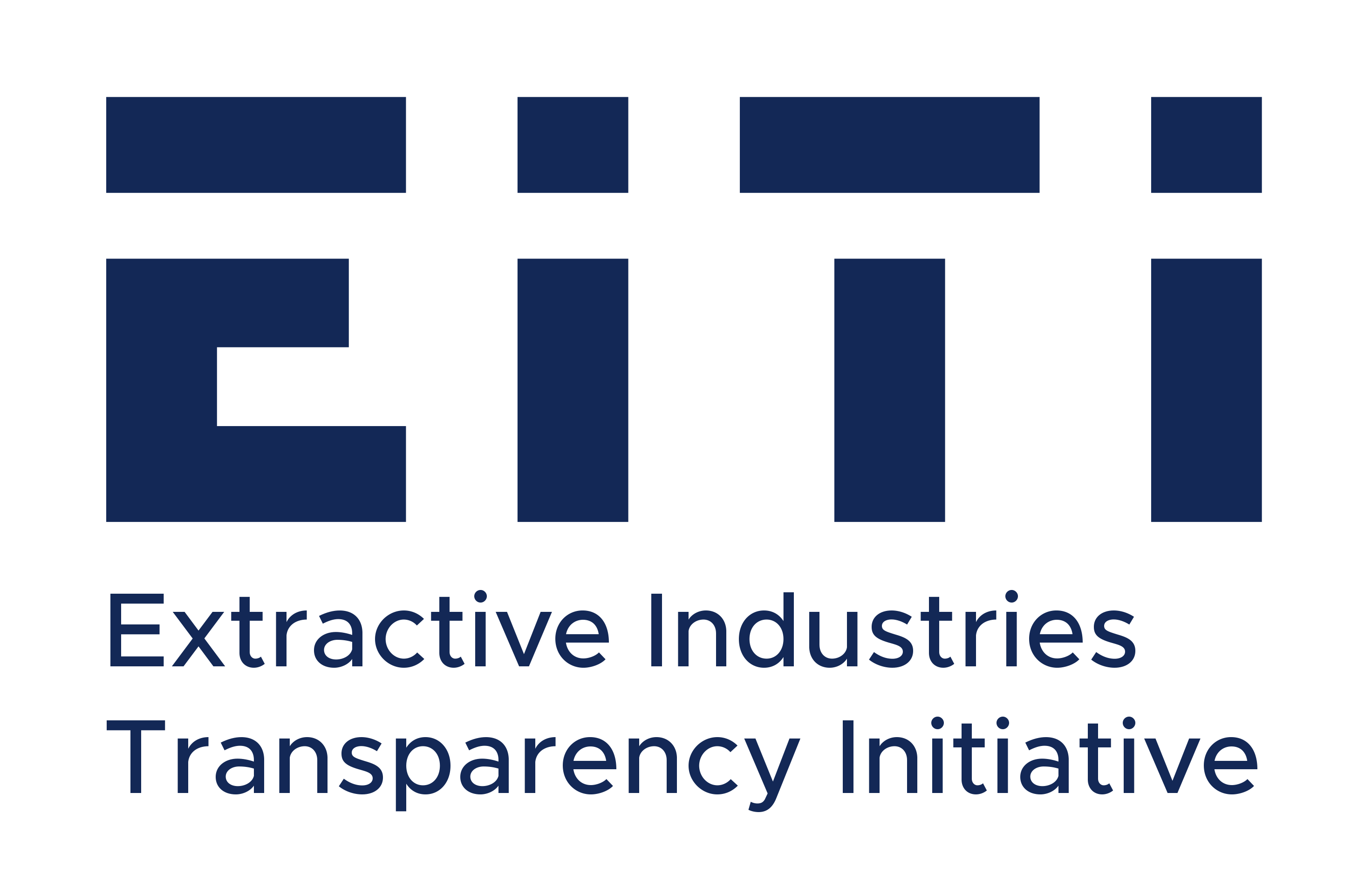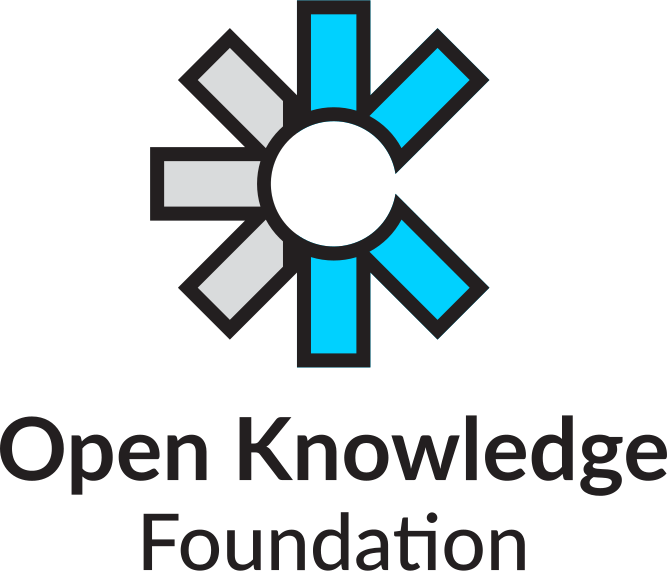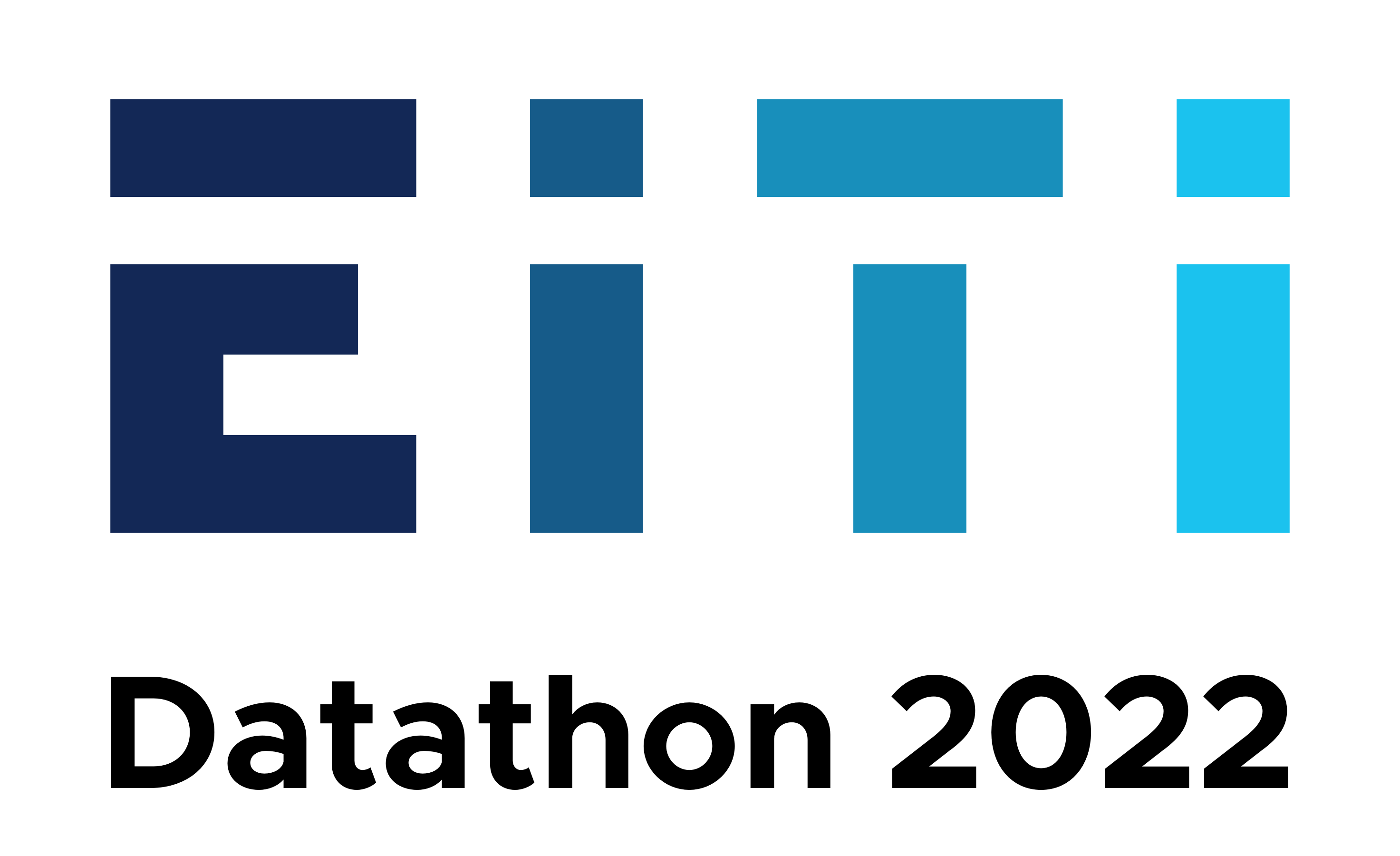
Scenario 3: Improving how local populations engage with social spending data to ensure sustainable investments in their communities.
The scenario
Once upon a time... the mining sector of a resource-rich country was experiencing growing investor interest driven by strong global demand for minerals used in low-carbon technologies. Within this context, the populations living near mines wanted to understand if their communities really benefited from the mining sector’s activity. To answer that question, the Extractive Industries Transparency Initiative (EITI) published annual reports with detailed information about social spending by mining companies, which detailed the value of community payments made by companies as well as information on the intended purpose and beneficiaries of the payments. However, the EITI’s staff found that community members living near mining projects rarely read the reports.
Every day... EITI staff would wonder about the lack of interest in that data within communities. Speaking with community representatives, they found the explanation: many community members were not aware that EITI reports contained that data, and those who did had difficulty making sense of the information as it was buried in long data tables. This was a problem, because the data could help community members better assess if companies delivered on their promised social spending and the extent to which it aligned with community priorities. Chief among those priorities was making sure that the investments were making the community more resilient. But this wouldn’t be possible unless the information was presented in a more accessible and engaging way.
This is where your proposal comes in.
One day... (what will you do to address the problems and challenges being faced?)
Because of that... (what changes will your solution bring?)
Until finally... the EITI was able to present information on social payments in a much more compelling way. This allowed community members to better understand how company payments were impacting their lives. Community members started using EITI data to hold companies accountable when they were not making the payments they had committed themselves to or when money was being wasted on projects that communities did not want. This led to improvements in the governance of social payments, ensuring that they reached their intended beneficiaries, and genuinely improved the livelihoods of community members.
Keywords
data visualisation EITI report local communities pedagogy actionable information social payments data
Scenario Starter Kit
Recommendations for your design process
- The pain point in this scenario involves:
- helping local populations understand how energy transition might affect their livelihoods.
- An entry point for your solution can be in the process of EITI reporting or in the information meetings with local population.
- You can choose a specific country with good social spending data as the subject of your proposal.
- Using the information available in the reports and other external sources, try to incorporate other parameters in your solution that provide details about the community (e.g. are most of them employed in the mining industry?) and other impacts that the mining industry has on the community (e.g. environmental impact).
- Think about how your solution can help communicate the potential impacts of the energy transition on local communities.
- Remember: We do not expect perfect solutions—the focus of this event is on prototyping ideas, rather than creating perfect tools.
Who will be your audience and users?
The key stakeholders for this scenario are:
- EITI staff - your solution should make it easier for EITI staff to communicate effectively with the community.
- Community members - your solution should enable community members to easily access, understand, and share information about how community payments by mining companies are being used.
Recommended data and resources
- Summary data from EITI reports
- Social and environmental expenditures
- EITI API
Data and resource documentation
Summary Data from EITI Reports
What is it?
Data files collected by using Summary Data Templates and organized in folders by country. These include a wide range of fiscal, legal and contextual data related extractive industries, including company-by-company revenue data.
Where to get it?
The data is shared freely in this Google Drive as per EITI's Open Data Policy.
Tips and advice about the resource
- What's in the folders - The data files are organised in folders by country and contains:
- Excel files of summary data for a specific year. Some are “proxy” files, with aggregate data, as the full summary data sheet from the implementing country are not yet available.
- The EITI Report that is the basis of the Summary Data.
- Summary data templates - the summary data spreadsheets available from the folder use two template versions depending on the year of the report—most reports from 2018 use version 2.0 while those prior to 2018 use version 1.1. Always refer to the Introduction tab (usually the first one) of each summary data spreadsheet to determine what version is used and what information each of the tabs contain.
- Sources of the data - Recent data has been provided by Independent Administrators and National Secretariats of the EITI, while data from older reports are continuously being compiled by the International Secretariat itself.
- Data quality - Implementing countries are responsible for ensuring that this data is accurate. For detailed information, you may consult the original reports. Where figures are not available in US dollars, the annual average exchange rate is used.
- Not all files are in English - whenever applicable, the language used in the files is indicated in the file name by a two-letter code (e.g. EN - English, ES - Spanish, FR - French, DE - German).
- Not all PDF reports have the same tables - not all reports have the same tables or have them on the same pages, utilize the table of contents and list of tables to determine if the data you are looking for is in the report.
Social and environmental expenditures
What is it?
Data on social and environmental expenditures disaggregated by companies, beneficiaries and spending.
Where to get it?
You can find this data in EITI reports and summary data files.
Examples include :
- Table 5. SDMP Utilization and Covid-19 reallocation and utilization per region in 2019 Philippines EITI Report - Chapter 4 : Social Development and Management Program
- Annexe 19 : Paiements sociaux obligatoires, p. 244-249 in 2019 Republic of Congo EITI Report FR
Tips and advice about the resource
- Country-level data can be obtained from the summary data files which are commonly in spreadsheet format
- Subnational data is available from EITI reports but scraping the data is needed as these reports are commonly in PDF format.
EITI API
What is it?
A REST Application Programming Interface (API) to programmatically access EITI data.
Where to get it?
You can access the API and its documentation at eiti.org/api.
Tips and advice about the resource
- Most of the data needed for the scenario should be available from the Summary Data but you may opt to use the API if you think you need to programmatically access information or are looking for specific data point.
The EITI Datathon 2022 is brought to you by:





